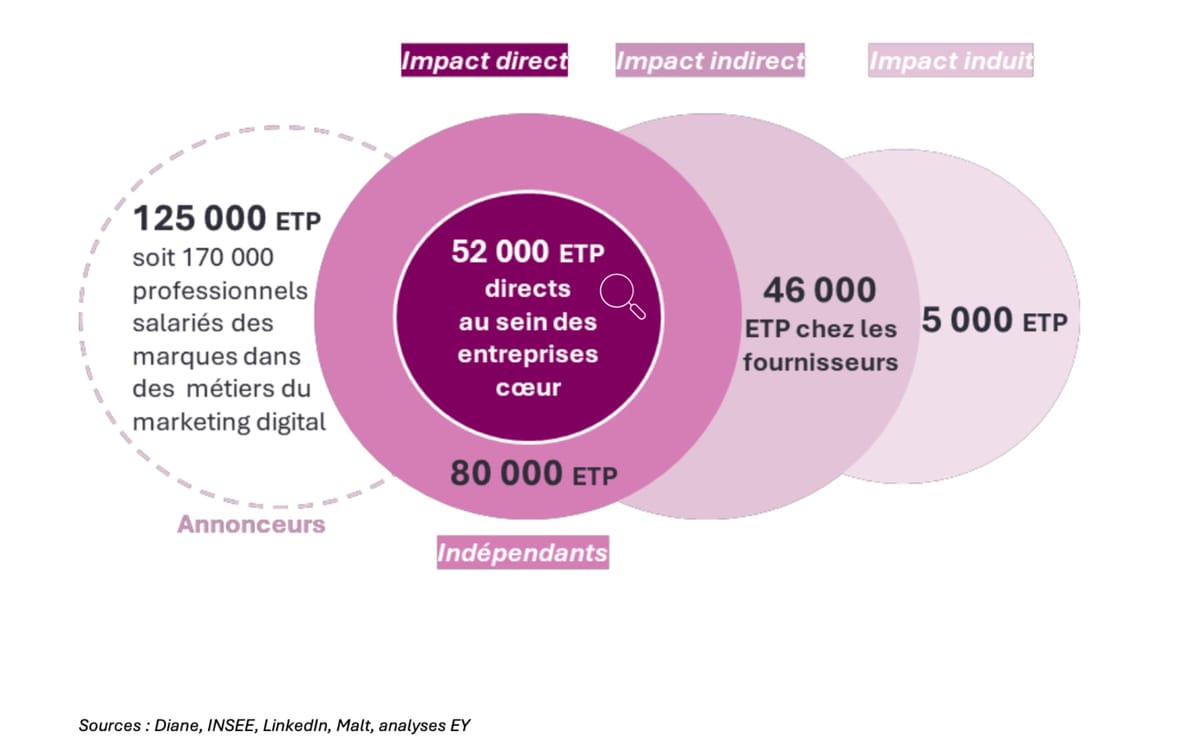In today’s digital age, the spread of misinformation and disinformation has become a widespread problem. With the rise of social media and online platforms, false information can circulate rapidly, causing confusion and harm. As a brand, it’s crucial to understand the impact of misinformation and disinformation and take steps to combat it effectively. In this article, we’ll explore what brands need to know about this issue and how they can navigate through the sea of falsehoods.
The Difference Between Misinformation and Disinformation
Before diving into the strategies to tackle misinformation and disinformation, it’s essential to understand the difference between the two terms. While they are often used interchangeably, there is a subtle distinction:
1. Misinformation: This refers to false or inaccurate information that is spread unintentionally. It can be a result of genuine mistakes, misunderstandings, or misinterpretations. In many cases, those who share misinformation may not be aware of its inaccuracy.
2. Disinformation: Unlike misinformation, disinformation is deliberately created and spread to deceive or manipulate others. It is often driven by ulterior motives, such as political agendas, financial gain, or simply causing chaos. Disinformation can be highly damaging, as it is intentionally crafted to mislead and misinform.
The Impact of Misinformation and Disinformation on Brands
The presence of misinformation and disinformation can have significant consequences for brands. Here are a few ways it can impact their reputation and bottom line:
1. Damage to brand trust: When false information spreads about a brand, it erodes trust among its customer base. Consumers may question the credibility and reliability of the brand’s products or services, leading to a loss of business.
2. Negative PR: Misinformation and disinformation can generate negative publicity for a brand, especially if it involves sensitive topics or controversial issues. This can harm its reputation and create a crisis that requires careful management.
3. Customer confusion: False information can confuse customers, making it harder for them to make informed decisions. This can lead to a decline in customer satisfaction and loyalty.
4. Legal and regulatory risks: If a brand inadvertently spreads false information or fails to take action to combat it, it may face legal and regulatory consequences. This can result in hefty fines, lawsuits, and damage to the brand’s integrity.
Strategies to Combat Misinformation and Disinformation
To protect their brand reputation and minimize the impact of misinformation and disinformation, brands can employ various strategies:
1. Monitor online conversations: Actively listen and monitor online platforms to identify potential instances of misinformation or disinformation related to your brand. Use social listening tools to track mentions and keywords that could indicate false information being spread.
2. Respond promptly and transparently: When misinformation or disinformation arises, address it promptly and transparently. Provide accurate and factual information to correct misconceptions and offer clarification. Engage with customers and stakeholders directly to build trust and demonstrate your commitment to truth.
3. Educate your audience: Proactively educate your audience about the importance of critical thinking and fact-checking. Share resources and guidelines on how to distinguish reliable information from false claims. By empowering your audience with the tools to assess information’s credibility, you can help combat the spread of misinformation.
4. Partner with trusted sources: Collaborate with reputable organizations, fact-checking websites, or industry influencers to combat misinformation and disinformation. By joining forces, you can amplify your efforts and leverage their expertise to debunk false claims effectively.
5. Implement content verification processes: Establish robust content verification processes to ensure accurate and reliable information is shared across your brand’s channels. Fact-check all content before publishing, and provide references or sources where applicable to substantiate claims.
Conclusion
Misinformation and disinformation pose significant challenges for brands in today’s digital landscape. By understanding the differences between them and their potential impact, brands can take proactive steps to combat the spread of false information. By monitoring online conversations, responding promptly and transparently, educating their audience, partnering with trusted sources, and implementing content verification processes, brands can protect their reputation and build trust with their customers.










Leave a Reply